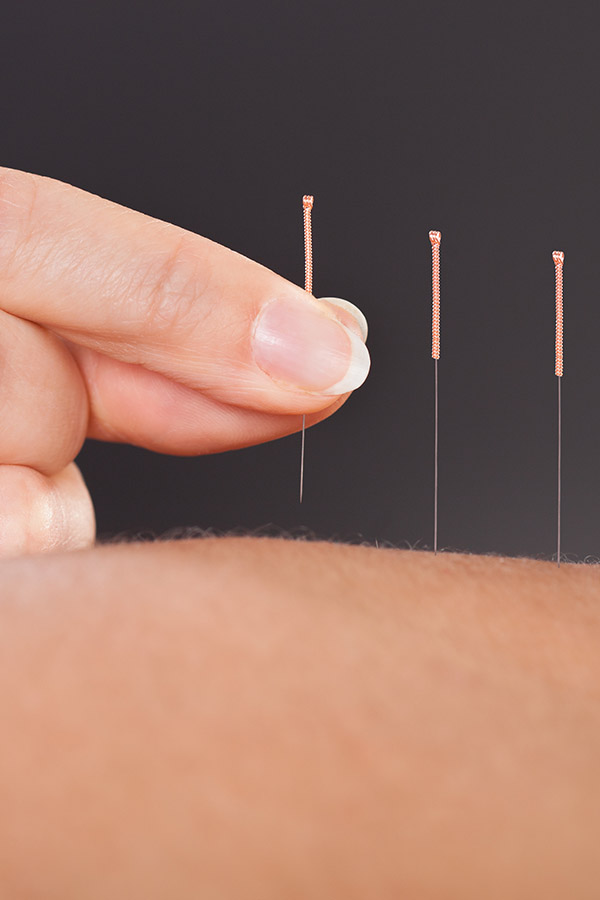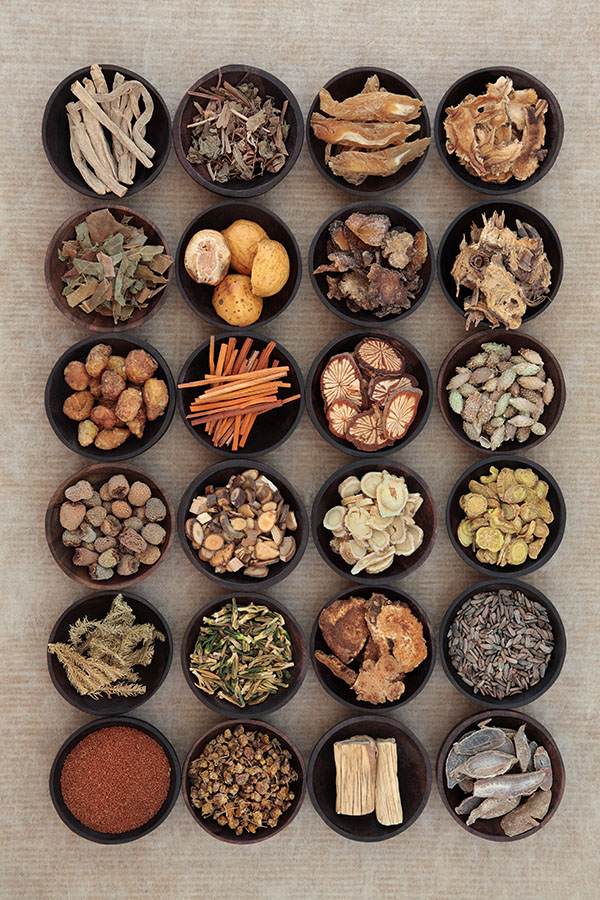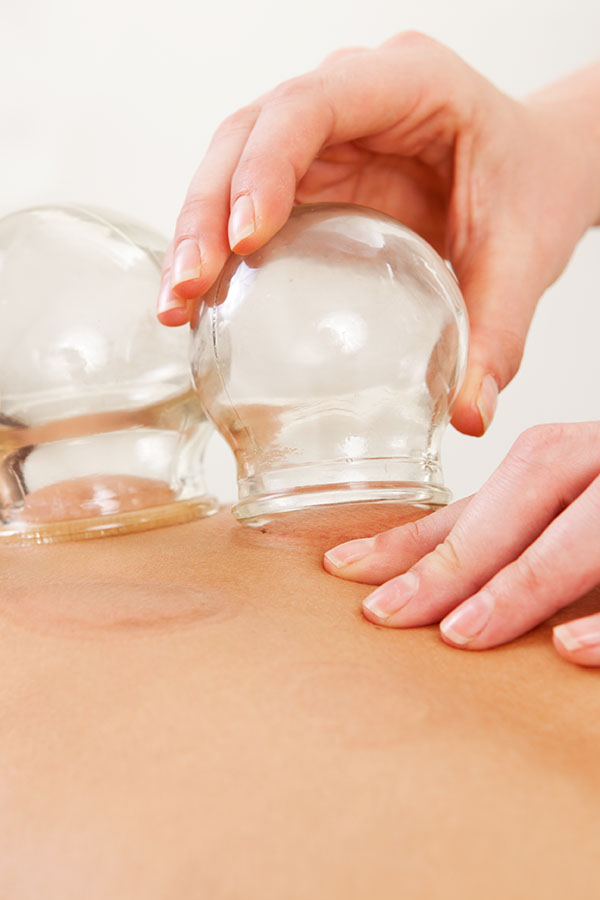Holistic and Embodied Care for Womb Cycle Vitality and Hormonal Resilience, Fertility through Postpartum
East Asian Medicine is an ancient system for healing and living more in tune with natural rhythms. Within this system of medicine, there are many treatment modalities available to use. While acupuncture and herbal medicine may be more commonly known, I often incorporate other modalities depending on each individual case. It is also important to note that East Asian Medicine can often be used in conjunction with western medicine. I am happy to work with other healthcare providers in an integrative capacity. Use the information below to learn a little bit more about different modalities within East Asian Medicine.
Acupuncture
In modern medicine, we understand that the body strives to maintain a dynamic balance between many systems. The meridian system, which is used in acupuncture, is viewed in a similar way. This system came from ancient Asian cultures, through extensive study and observation of the body existing as a part of the natural world. Each person has many different pathways (meridians) that travel throughout the body, providing the entire body with both Qi (energy or “vital air”) and Blood (nutrition). Any disruption in the meridians will result in some manner of dysfunction in the whole system. Through the insertion of small, sterile needles into specific points along these pathways, the needling sensation is able to regulate this energetic system and allow the body to bring healing from within.
From a biomedical standpoint, acupuncture has been found in scientific research to promote blood flow, reduce pain and decrease stress by affecting both the circulatory and nervous systems. Acupuncture can also release shortened muscle fibers, thus reducing pain and promoting healing. Regardless of whether acupuncture is described in eastern or western terms, what it does best is turn on your own innate healing mechanisms.

Chinese Herbal Medicine
Chinese herbal medicine includes over 500 single herbs. Through rigorous observation of the herbs in nature and how the herbs interact with the body, these herbs have been categorized based on various properties. These properties include taste; such as bitter, sweet or bland, as well as temperature. Chinese herbs are most commonly used in combinations known as formulas. Each formula is balanced in a way to reduce any negative side effects and enhance the actions of the herbs, all while addressing the individual’s unique disposition.
Chinese herbal medicine can safely address a large number of conditions; however, be sure to inform me of any medications that you may be taking to avoid any herb and drug interactions. In most cases, patients can benefit from the use of herbal medicine without any cause for concern.

Nutrition
This may in fact be the most important aspect of your treatment plan. Considering changes in diet and lifestyle are a necessary component of any healthcare plan. Traditionally speaking, food was and still is seen as medicine. Just as the pioneers of this form of medicine classified hundreds of medicinal herbs based on taste, temperature and action, the same has been noted for food. Based on my assessment, we can work together to establish a nutrition plan that will facilitate healing for your particular condition. With the right nutrition plan, as well as herbal medicine and acupuncture, we can increase the body’s ability to assimilate nutrition, which is essential to promote healing from within and lifelong wellness.

Cupping
Cupping is a technique used to enhance circulation and dispel stagnation. In East Asian Medicine, stagnation is often associated with pain; therefore, cupping is often used for pain related conditions. The whole body is also affected by increasing circulation to superficial tissues. Therefore, cupping can be used to treat a wide variety of conditions, such as asthma and other lung disorders. The technique itself includes placing small cups on the skin via suction. The cups either remain stationary on the skin or are moved gently by the practitioner. After the treatment, it is possible to experience discoloration on the skin, which fades between three to fourteen days and is not a cause for concern.

Moxibustion
Moxibustion is a technique that includes using an herb known as artemesia vulgaris or ai ye. The common name is mugwort. This herb is well known for its ability to disperse cold, stimulate the flow of Qi and Blood and help to reduce pain. This technique creates a warming sensation to the area it is applied. Moxibustion is often used for arthritis, painful menstruation, infertility and many other painful conditions.
